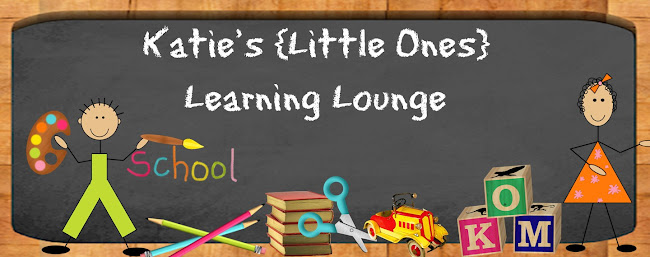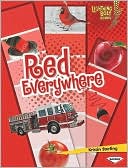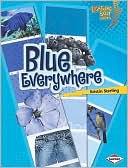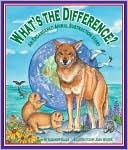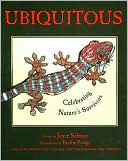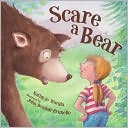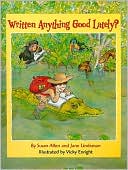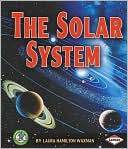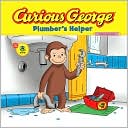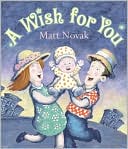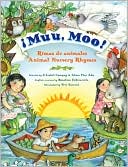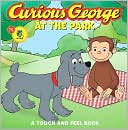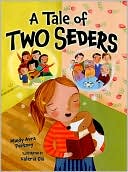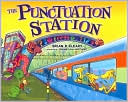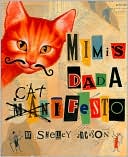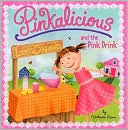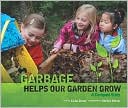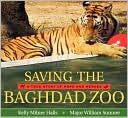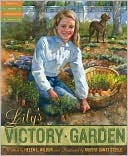Do you know how the Statue of Liberty came to be a greeting to the immigrants?
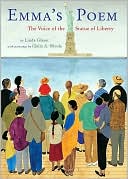 Glaser, Linda.
Glaser, Linda.Emma's Poem: The Voice of the Statue of Liberty.
April 2010.
Houghton Mifflin Harcourt.
Review copy provided courtesy of publisher.
Emma Lazarus grew up living a very privileged life, fortunate to have all that she needed and wanted. In 1883, Emma set out to visit Ward's Island in New York Harbor, a place where she met very poor immigrants who had traveled to America from Eastern Europe. Noticing the way they looked and emotions they expressed, Emma felt a longing in her heart to help them and made it her personal mission to help them achieve what they came to America in search of. In order to help the immigrants, Emma also reached out to the community writing poems and to the newspapers, hoping to change the views toward immigrants. Around the same time that Emma was reaching out to the immigrants, France was reading out to the United States through means of a giant statue to show the great love of liberty shared between both countries - the statue would stand in New York Harbor, the same place where immigrants formed their first impressions of America. In an effort to help raise money for the statue's platform, Emma was asked to write something - something she cared about. Of course, Emma knew she had to use this opportunity to share with the American public about the immigrants. she ended up writing the sonnet that is today, still very much associated with the Statue of Liberty. She wrote what she felt would be a strong, caring voice, portrayed through the Statue of Liberty, who just happened to have a torch lamp held out to welcome immigrants to America.
Give me your tired, your poor,
Your huddled masses yearning to breathe free,
The wretched refuse of your teeming shore.
Send these, the homeless, tempest-tost to me,
I lift my lamp beside the golden door!
Learning/Reading Activity:
- Check out the Statue of Liberty Junior Ranger Package, provided by the National Park Service. Print out the packet and find time to take a trip to NYC to visit and explore the Statue of Liberty with your child this summer!

If you're interested in finding out more information about any of the books reviewed or if you'd like to purchase the books, click the cover image for a link to Amazon.com. I am an Amazon Affiliate, so any purchases you make after clicking these images will result in my receiving a small percentage of the sale price!
